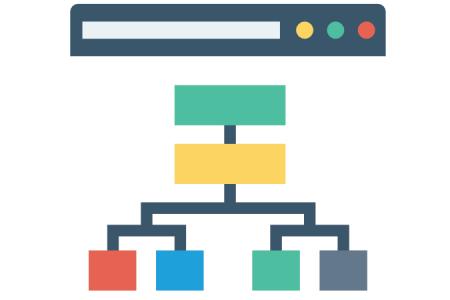1. Why do charities need a digital marketing strategy?
Digital marketing offers charities an effective way to reach a large number of potential donors quickly, efficiently and cost-effectively. Additionally, it allows them to collect data on donors that can be used to personalise future campaigns for greater impact. Ultimately, digital marketing is an invaluable tool for charities in today’s digital age to optimise their outreach efforts and maximise the effectiveness of their fundraising activities.
2. The challenges and opportunities charities face with digital marketing
Working with limited resources can be a double-edged sword. On one hand, having finances and man-power restraints can force us to get creative when we’re speculating ways to interact with our potential customers on digital platforms; but on the other hand, it can feel like a plateau of servitude, trying to figure out how to make the most out of small budgets. You want to know how to best to utilise data such as customer interests and analytics within available resources and employ techniques that give you the biggest bang for your buck—ones that won’t require exhaustive amounts of input from your small team.
Outsourcing digital marketing can be an effective solution for charities looking to increase their reach and engagement with potential supporters while staying within budget. By outsourcing tasks such as content creation, website design and optimisation, social media management, search engine optimisation (SEO), email campaigns and more, charities can free up internal resources to focus on other important matters like fundraising or program development.
Accurately measuring Return of investment (ROI) on their digital marketing
Measuring the return on investment (ROI) of digital marketing efforts can be a challenge for charities. Digital channels such as social media and email offer valuable insights into customer behaviour, but it can be difficult to quantify the impact of digital campaigns in terms of donations or other tangible outcomes. Additionally, digital marketing is often used alongside traditional methods such as print advertising or direct mail, making it hard to attribute success to any one particular channel.
To measure ROI accurately, you will need to track metrics like website traffic and conversions over time and compare them with their campaign objectives. Additionally, you should carefully consider how best to attribute your digital campaigns to specific outcomes or changes in behaviour, such as running A/B tests or investing in more sophisticated tracking technology.
Ultimately, if the results of a campaign cannot be measured accurately then it is likely that the charity will fail to realise its full potential from its own digital strategy and marketing activities.
Standing out from the crowd
In an era where every charity and not for profit organisation, is striving for the same goal - it is essential to stand out from the crowd. Charities need to ensure they are taking advantage of all digital marketing opportunities available in the 2023 landscape. Knowing how to reach their key audience and appeal to their senses is the first step towards success. A user-friendly website, creative newsletters, and powerful multi-channel campaigns can help charities make an impact and draw attention to their cause.

3. Your website is central to your digital marketing campaign
Does a charity need a website in 2023?
The short answer to this question is yes - charities absolutely need a website in 2023.
Having a website allows charities to showcase their mission, share stories about their impact, drive donations, and even allow people to volunteer directly through the website. A website also helps create interest around the charity's cause and allows them to stay connected with other organizations or influencers that advocate on their behalf or which they collaborate with.
Many donors now prefer giving online-only donations due to its convenience and ease of use. Thus having an interactive and effective website makes it easier for potential donors to learn about a charity’s cause and contribute financially without any hassle.
A well-crafted website can help charities stand out from the crowd, reach their key audience and appeal to their senses. It also offers a great way to collect data on donors that can be used to personalise future campaigns for greater impact.
Your website needs to meet the following requirements.
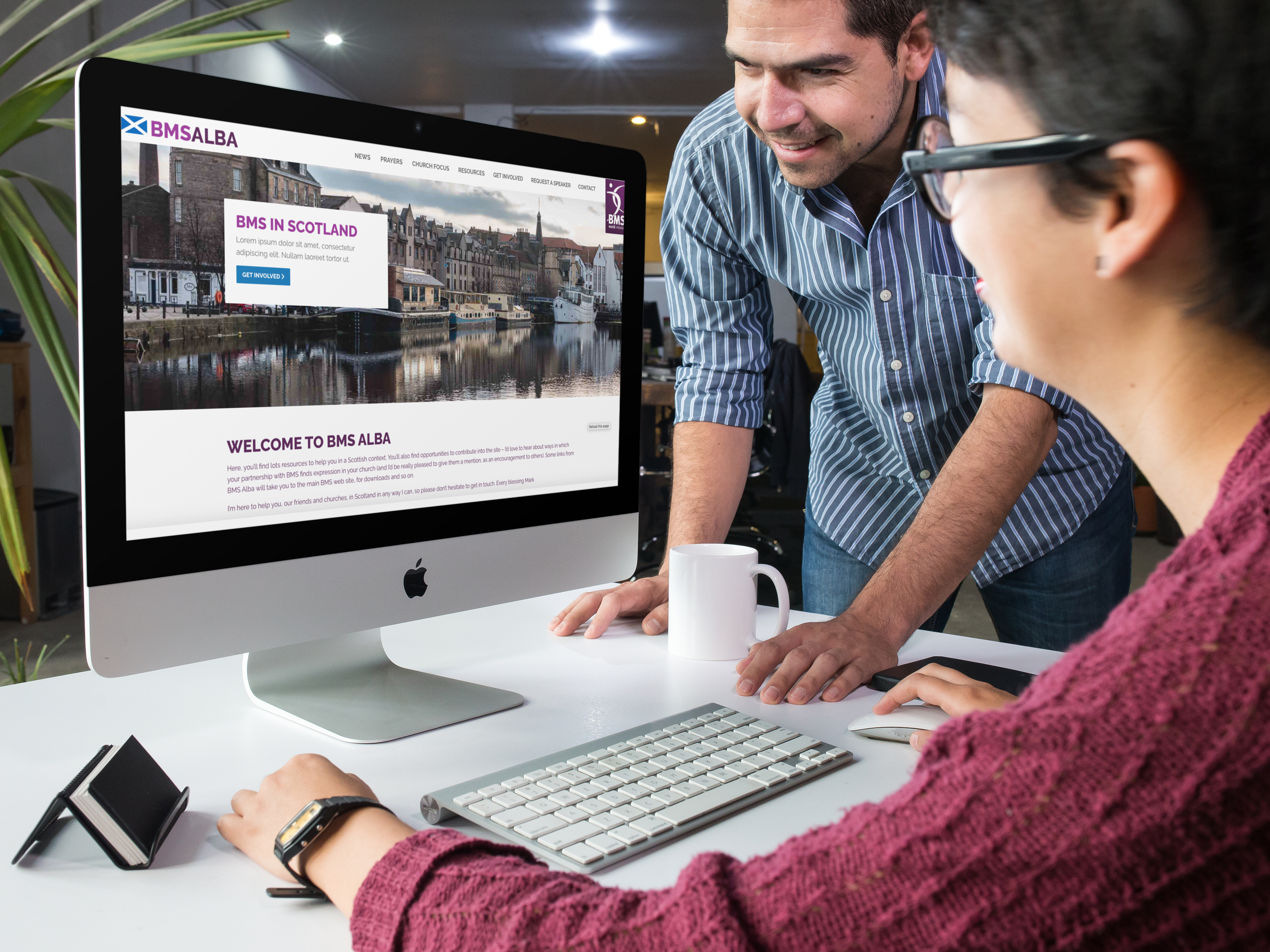
Mobile first design
Mobile first design has become the industry standard, and it is no longer enough to simply have a website that works on mobile devices. Mobile optimisation involves developing a digital experience tailored specifically to mobile users with features such as responsive design and faster page loading times. This ensures that your website looks great and functions well on every device, regardless of screen size or operating system. Mobile usage has surpassed desktop usage in most markets across the world, making it crucial for charities to ensure their digital presence can reach these users effectively.
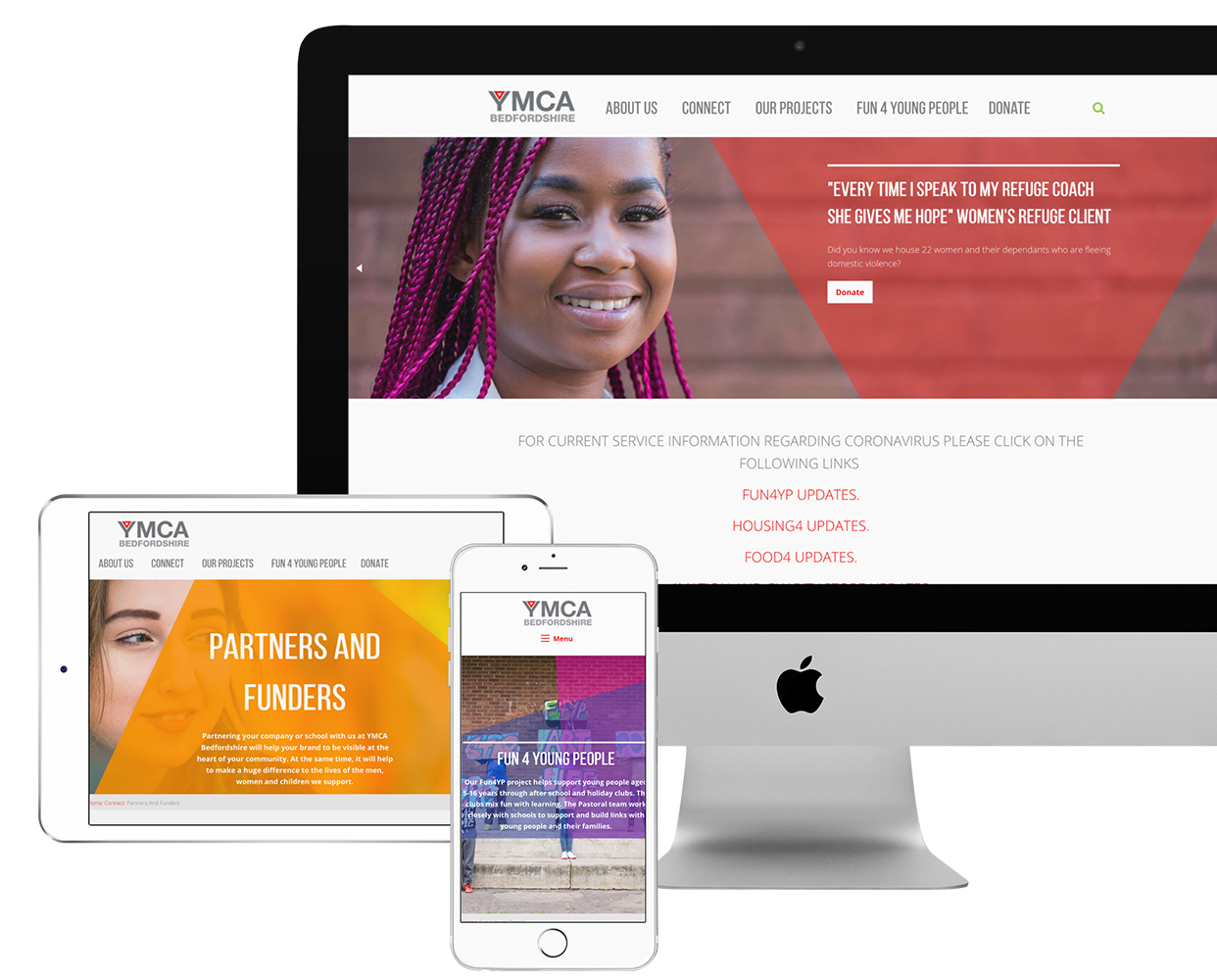
Accessible to all
Having a website that is accessible and easy to navigate is essential . It not only ensures that people with disabilities can access digital content but also improves overall user experience. By making sure your digital presence meets accessibility standards such as WCAG 2.0 AA or Section 508, you can ensure your digital content reaches all users regardless of their abilities.
Additionally, having an intuitive navigation system helps visitors quickly find what they are looking for on your website without getting overwhelmed by too many options or confusing menus.
Optimised for conversion
Does your website have clear messaging, purpose and a call to action? A website with a strong message will help charities stand out from the crowd and grab the attention of their audience.
Having a clear purpose outlined on the website helps potential donors understand what the charity is about and how their donations can make a difference.
Finally, having a call to action (CTA) on each page encourages users to take action and donate or volunteer. CTAs should be concise, eye-catching and clearly visible so they do not get lost in the mix of digital content.
Fast...like really fast
A slow website not only leads to poor user experience, but also affects the charity's search engine rankings and visibility in digital platforms. Slow websites are usually caused by large images, un-optimised HTML/CSS code, and excessive page elements such as videos or plugins. These can lead to long loading times that discourage visitors from engaging with digital content and make it harder for them to find what they are looking for on your website.
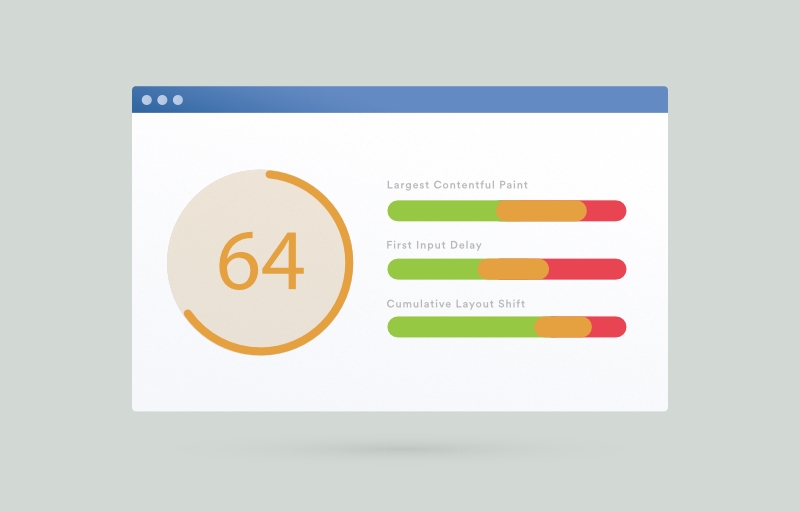
Something you are proud of
When you are proud of your website, people will be drawn to it and you will want to share it with others. This kind of organic promotion helps spread awareness about your cause, as well as drive donations. Having pride in your digital presence can go a long way towards helping achieve success in both raising awareness, funds and spreading awareness about important causes.
Full of stories and social proof
By leveraging stories, digital content can be personalised to connect with potential donors in a meaningful way and help them understand the charity’s mission and goals.
Incorporating social proof such as testimonials or reviews from existing donors helps build trust and show that the charity is reliable and worthy of donations. When potential donors see how their contributions have made an impact on others, they are more likely to donate themselves.
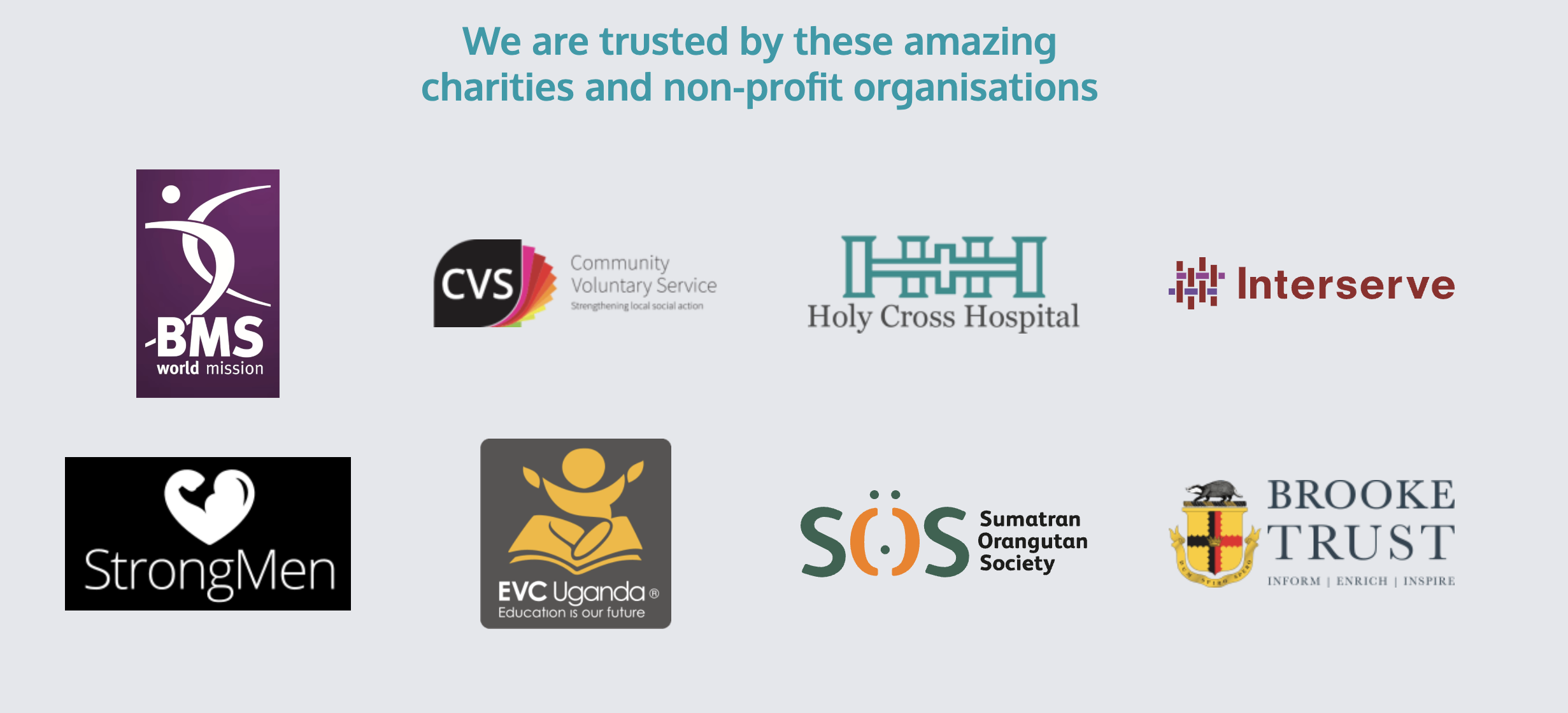
4. Understanding your target audience
Understanding your audience is essential. Knowing who you are targeting, what they want and how to reach them is key to creating effective campaigns that will capture their attention and ultimately lead to donations or other tangible outcomes. To ensure success, charities need to research their target audience thoroughly, analyse customer behaviour and track metrics over time. Additionally, digital tools such as A/B testing can help identify which messages resonate best with potential donors.
5. The importance of setting goals
Without clearly defined objectives, digital campaigns can quickly become unfocused and ineffective, leading to a waste of time and resources. It's important to be realistic when setting website goals as it is impossible to do everything at once; prioritising what needs to be done first allows charities to focus on achieving tangible results in a shorter amount of time.
Some examples of goals might include:
-
Increase donations or raise funds through digital campaigns
-
Appeal to a new age group or user demographic
-
Increase awareness by driving more subscribers to the charity's newsletter list
-
Engage and mobilise potential donors with interactive digital initiatives such as livestreams or virtual events
6. Types of digital marketing strategies
Charities must create effective digital marketing strategies in order to raise awareness and funds. Adopting search engine optimisation (SEO) and leveraging analytics can increase search engine visibility, while running Google Ads campaigns can help direct more website visits to donations pages. Additionally, social media offers powerful and cost-effective ways to reach target audiences, as well as building relationships with supporters worldwide.
Social media marketing
There are an estimate 4.7 billion social media users worldwide (source) which makes social media marketing is an essential digital marketing tool for charities, as it provides a cost-effective and efficient way to reach potential donors. It allows charities to build relationships with supporters around the world and raise awareness of their cause.
With social media, and digital technology, charities can engage directly with their audience by creating content that resonates with them, such as stories about those who have been impacted by the charity’s work. Creating shareable content is an essential digital marketing strategy for charities, as it allows them to reach a wider audience and raise awareness of their cause.
It’s important to consider which platform best suits your target audience and what kind of content will be most effective in engaging them. When selecting a platform, it’s also crucial to determine how much effort you can put into managing it, as this will affect the success of your digital marketing efforts.

Search engine Optimisation (SEO)
SEO is one of the most powerful digital marketing tools for charities. By implementing basic SEO techniques, charities can ensure their digital content is being seen by the right people at the right time in organic search results. To do this effectively, you must use relevant keywords in their content and blog posts and make sure your webpages are properly indexed and ranked by Google (other search engines are available!)
You should regularly update their website with fresh content that is both informative and engaging (something both search engines and your website visitors will love!). Finally, having an effective link building strategy can help boost organic rankings on search results pages. With a well-thought-out, Search engine optimization and optimisation plan in place, charities can reach new audiences and grow support for their cause.

Email marketing
In 2023, email marketing will still be an essential digital marketing tool for charities and remains one of the most effective ways to reach potential donors and build relationships with existing supporters.
A well-crafted email campaign can create engaging content that drives website visits and donations. By segmenting their audience and tracking metrics such as open rates and click throughs, digital marketers can identify areas for improvement in order to maximise the effectiveness of their campaigns.
To get people to join your mailing list, digital marketers should consider implementing tactics such as offering exclusive content or discounts via newsletters, running social media campaigns that direct users back to the website’s subscription page, or partnering with other organisations that have similar goals.

Paid advertising
Paid advertising on social media platforms, such as Facebook or Instagram, digital marketers can target specific demographics with relevant content that resonates with potential donors and your target user. Additionally, Google Ads or social media ads allow digital marketers to create ads that appear in the top of search engine results pages when people are searching for topics related to their cause.
The Google ad grants
The Google Ad Grants is an incredible digital marketing tool available to charities that can help increase their digital reach and engagement. This free digital advertising platform provides up to $10,000 per month in advertising credit to qualifying non-profits. More information can be found on the Google ad grants page (https://www.google.co.uk/grants)
Creating shareable content
Shareable content can come in many forms, such as videos, infographics, blog posts or podcasts. It should be engaging and informative while also capturing the attention of potential donors. Charities should focus on creating content that resonates with their target audiences and encourages them to share it with others.
Creating content can feel like a time consuming activity, but once you have created something it can be broken down and repurposed across different marketing and social media channels. For example a long form blog post can be repurposed into a YouTube video, social media posts, google ads, a short form blog post or even something like educational resources.
Personalisation
Personalisation can create an emotional connection with potential donors. Through personalisation, digital marketers can tailor content specifically to a target audience that resonates with their values and beliefs. Personalised emails are especially useful as they allow digital marketers to craft messages that show potential donors the true impact of their donation. Additionally, digital marketers can leverage data such as location or past interactions to create more personalised experiences on websites and digital channels.

7. How to choose the right digital marketing strategy for your charity
When deciding the right digital marketing strategy for your charity, there are a few key factors to consider. Firstly, determine what type of digital channels will be most effective at reaching your target audience. For instance, if you’re trying to reach millennials or Gen-Z users, consider investing in social media marketing strategies such as Facebook and Instagram ads or influencer partnerships.
By researching the digital marketing landscape and understanding who and where your potential donors are online, you can effectively choose what digital channels will be most effective for your charity’s goals.
Once you understand your target audience and resources available, you can begin developing a digital marketing strategy tailored to your charity that will capture attention while driving donations effectively.
8. Tips for measuring the success of your digital marketing campaign
You need to track performance metrics such as website visits, engagement rates, lead generation or donations in order to understand how successful their digital marketing efforts have been. Here are some tips for measuring the success of digital marketing campaigns specifically for charities:
1. Utilise digital analytics tools such as Google Analytics or Webmaster tools to track website visits, engagement and conversions.
2. Monitor social media analytics such as posts engagements, shares, clicks and followers growth to measure success of organic content or paid campaigns.
3. Use A/B testing for digital advertising campaigns and website content to improve performance over time.
4. Leverage email marketing software to better understand email open rates and click throughs for newsletters or donation requests
5. Implement surveys to understand how digital campaigns have impacted public opinion about your charity’s cause

Your charity needs a digital marketing strategy if you want to compete and succeed in today's market. This guide provides a useful outline to what you need to know about developing and implementing an effective strategy, including how to set goals, create content, measure results, and more.
If you need any help implementing your digital marketing strategy, don't hesitate to get in touch. We're here to help you take your charity's digital marketing channels to the next level in 2023.


